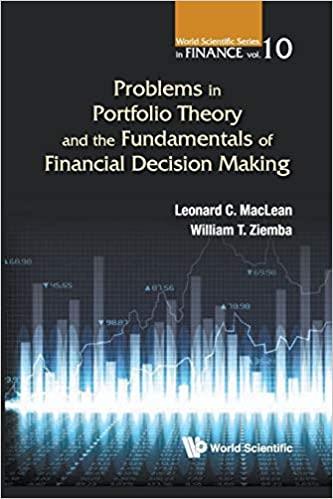answwar all yes or no

Question 6 Matched sales, a form of stock manipulation, was legal until 1934 and had increased stock prices from 255 percent from 1919 to 1929. Not yet answered Points out of 1.0 P Flag question Select one: True False Question 7 Not yet answered Points out of 1.0 P Flag question The Securities Act of 1933, prohibiting securities fraud, and the Securities Exchange Act of 1934, creating the Securities Exchange Commission to regulate the securities industry, were responses to the market crash of 1929. Select one: True False Question 8 Not yet answered It would take the Dow Jones Industrial Average twenty-five years from its high on September 3, 1929 to reach a new high. Points out of 10 Select one: True P Flag question ale P Flag question True False Question 9 Not yet answered Both new investors providing call money and the growth of investment trusts were responsible for fueling the enormous increase in stock prices ahead of the 1929 crash Points out of 1.0 P Flag question Select one: True False Question 10 Not yet answered Before the passage of the Securities and Exchange Act of 1934, investment pools formed to manipulate stock prices was legal, enriching pool operators at the expense of general public investors. Points out of 1.0 P Flag question Select one: True False Question 11 Not yet answered Concerns about the U.S. trade deficit, warnings regarding portfolio insurance, and Congressional action to reduce corporate takeovers contributed to the beginning of the stock market crash of 1987. Points out of 1.0 P Flag question Select one: True False Question 12 Not yet answered The Dow Jones Industrial Average performed spectacularly during 1986 and through most of 1987, setting numerous all-time high closing records by August 25, 1987, after which it's fortunes reversed dramatically. Points out of 1.0 P Flag question Select one: True False Question 13 Not yet answered Michael Milken of Drexel Burnham Lambert pioneered the use of below investment grade bonds, also known as "junk" bonds, which became a key source of funding for hostile takeovers during the 1980s Points out of 1.0 P Flag question Select one: True False Question 14 Not yet answered Thomas Boone Pickens, Jr., the owner of Mesa Petroleum, was a major pioneer of what became known as a hostile takeover, in which a controlling share of a company's stock is acquired by an outsider over objections by the company's management Points out of 1.0 P Flag question Select one: True False Question 15 Not yet answered The assumption that liquidity would remain for stock purchases, even during a market sell-off, would prove to be a fundamental flaw, with disastrous consequences, of the portfolio insurance model introduced by Leland and Rubinstein. Points out of 1.0 P Flag question Select one: True False Previous page Finish attempt











